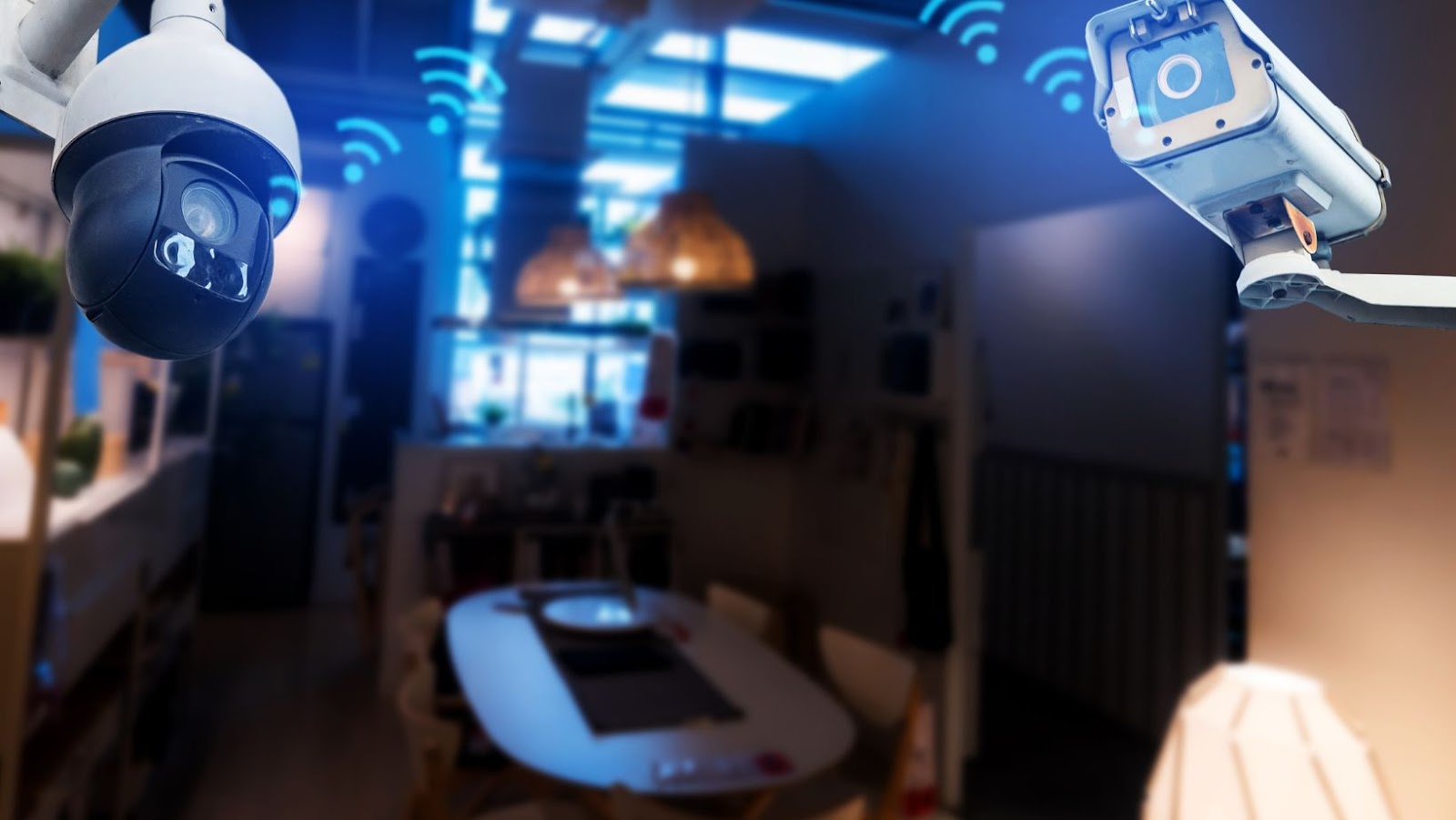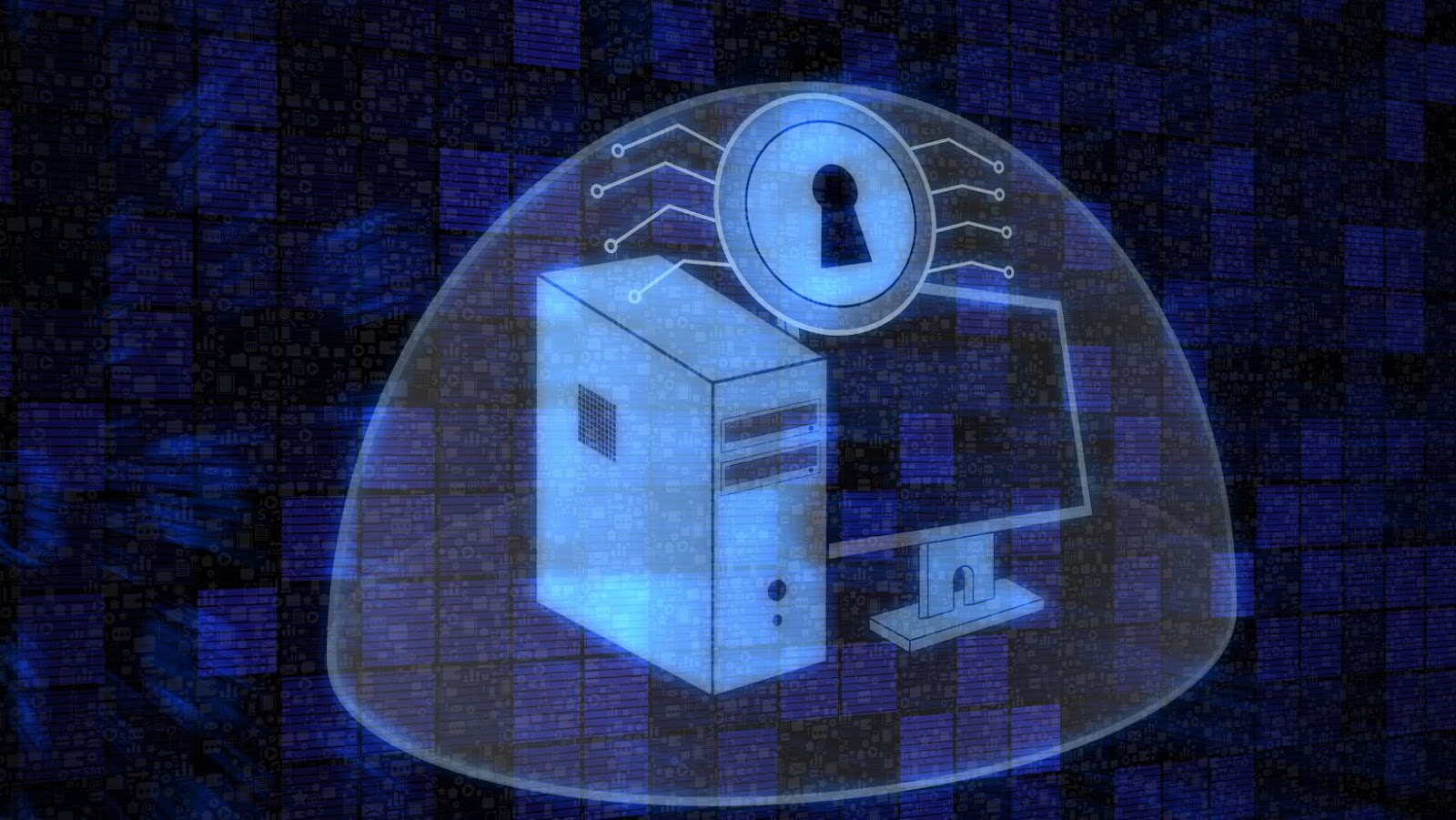
As technology develops, voice-activated and app-controlled security systems are becoming increasingly popular. Smart home security systems provide several benefits associated with home monitoring and wireless control, such as increased safety, convenience, and efficiency. When you’re considering the features that you should look for in a smart home security system, the options can feel overwhelming. Here’s a breakdown of some of the main features that you’ll need to consider when selecting a system.
- Camera Resolution: Many smart home security systems offer a wide range of camera resolutions. Look for models that feature HD resolution or higher so you can monitor your property more closely. If your system includes cameras with night vision capabilities, you’ll be able to see even in low light conditions and identify any intruders more easily.
- Motion and Noise Sensors: These features are important when it comes to protecting your family from an intruder or emergency situation. Motion sensors detect movement within the vicinity and notify you immediately via an app alert or phone call when something is detected. Noise sensors allow you to hear what is going on within your home at all times – both indoors and outdoors.
- Smartphone Control: This feature lets you access your camera footage remotely, set parameters for notifications received from motion or sound detection triggers, arm/disarm alarms quickly from multiple locations, receive alerts via text message or push notifications if anything suspicious occurs while your away from home.
- Remote Viewing: Seeing live footage of what’s happening inside or outside your home allows you to watch over family members while they’re away during vacation time or check in on pets during work hours. With remote viewing capabilities enabled through your smartphone control panel, watching live video feeds anytime anywhere is possible as long as there’s an internet connection available.
Selecting the right smart home security system requires careful consideration of which features will best meet your personal needs and budget constraints – but it doesn’t have to be hard! By understanding each feature mentioned above before setting out on the search for a brand that offers them will help prevent overspending and make sure that all necessary components are included in the package purchased!
What is a smart home security system
Home security systems are becoming increasingly sophisticated as technology advances, and many newer systems are now considered “smart home systems”. Such systems have several features which can be used to protect your home from intrusion, burglary, fire and other threats. In this article, we’ll cover some key features to look for when selecting a smart home security system:
- Motion detectors
- Door and window sensors
- Video surveillance cameras
- Glass-break sensors
- Smoke and carbon monoxide detectors
- Remote access and control
- Integration with other smart home devices
Security Cameras
A smart home security system can include both indoor and outdoor security cameras. Smart security cameras are capable of connecting to your wifi network and allowing you to view live streaming footage with the touch of a button from anywhere in the world. Many models of home security cameras now have motion sensors, night vision, wide-angle lenses, two-way audio capabilities, and customizable motion alerts enabling you to detect when people come and go, be alerted if there’s an intruder or someone on your property, capture footage of your pets playing around the house, monitor activity in baby rooms or dark areas throughout the house, or whatever else needs monitoring in order to enhance home safety.
Several camera models may also provide extra features such as heat mapping so you can see what places in your home receive the most traffic. Some systems may even have facial recognition technology so you can get alerts when people or pets that have been registered set off motion sensors on the property.
Another common feature is live video recording with audio feedback for communication between you and who ever is at your doorsteps. Additional features that often come included with a smart home surveillance system are:
- local storage (on SD cards) for video clips that trigger motion alerts – giving users access anytime even if their internet isn’t available
- night vision mode for clearer images taken from low lighting environments such as hallways or garages where sufficient light sources aren’t readily available
- plus much more depending on the setup tailored specifically to fit individual needs.

Motion Detectors
Motion detectors are one of the most important components of a smart home security system, as they allow you to monitor movement within your home and automatically alert the security team if there is any suspicious activity. When choosing a motion detector for your home, it is important to consider the size of the area that you are looking to secure. Motion detectors come in various shapes and sizes, so it is important to choose one that meets your needs.
You should also take into account how sensitive you want the sensor to be, as well as look for features such as pet immunity, long-range wireless operation, temperature compensation, and low battery indicator alert. WiFi or Bluetooth enabled motion detectors can provide extra convenience by allowing remote access and control via an app. Some sensors even have integrated artificial intelligence technology which can help identify what type of object or animal is detected.
Apart from providing early warning alerts when detecting movements in areas where surveillance cameras may not be feasible, motion detectors can also help trigger other devices in a smart home environment such as lights and cameras. This means that when movement is detected in certain areas of your home then lights may turn on or cameras activate; providing extra safety and increased visibility if unwanted guests appear at night or during shady hours.
Smart Locks
Smart locks are a key feature for any home security system. They make it possible for you to control who has access to your home, as well as allowing you to remotely monitor activity and check in on your property. Smart locks allow for more control over who can come and go from the inside of your house, keeping unwanted visitors from gaining access.
Smart locks come in many shapes and sizes, designed with convenience and flexibility in mind. You can get digital locks that are connected directly to your home Wi-Fi network or Bluetooth-enabled devices that use an app to unlock and lock your doors with just a few taps on your smartphone.
Another option is keyless entry systems that use keypads or fingerprint recognition technology for added security. There are even voice-activated smart locks that respond to voice commands like “lock” or “unlock” – you don’t have to be near the lock itself for this type of system to work! No matter which kind of smart lock system you choose, it should integrate seamlessly into an overarching smart home security system so you can adjust settings and monitor activity right from your phone or laptop.
Smart Lighting
Smart lighting is an increasingly popular feature of home security systems that offers 24/7 surveillance and peace of mind. Smart lighting allows users to customize the settings in their home to best suit their lifestyle, such as setting specific lights to turn on and off at set times or dimming them for added security. Additionally, it can be linked up to other devices within the home, so you can control a variety of settings with one switch or trigger them automatically when something happens in or out of the house.
This helps create the feeling that someone is always around, even when you’re away from home. Smart lighting also provides added convenience factors, such as scheduling lights to come on and off according to particular time frames, increasing energy efficiency as well as deterring potential thieves and burglars.
Alarm Systems
Alarm systems are the most important and basic element of a smart home security system. Depending on the type of alarm system you choose, these can alert you to intruders, fire, and/or water leaks. Most alarm systems are armed with audible sirens that activate if an intruder is detected. That way, your home is instantly filled with sound if someone is trying to creep in.
In addition to audible alarms, many systems come with sensors that can be placed throughout your home. These types of sensors detect motion or certain temperatures that trigger an alert to you through an app or on your mobile device. There are also wireless cameras which allow you to monitor your home even while you’re away via a smartphone or tablet app.
Another key feature of an effective security system is keypads that allow people to deactivate and activate the system remotely as well as disarm it once they have already entered the premises. This added layer gives extra control over who has access to your property at any given time – enabling protection from potential intruders or others who should not be entering your home while you’re away.

Benefits of a Smart Home Security System
A smart home security system can provide homeowners with a greater sense of security and peace of mind. Smart home security systems provide a wide range of features, from real-time monitoring of your home, to automated responses to suspicious activities. They offer the convenience of being able to control your security system remotely, and access a range of other features designed for enhanced home security.
Let’s take a look at some of the main benefits of a smart home security system:
Increased Security
A quality home security system contributes to the overall safety of your property. A smart home security system can protect your family, possessions, and property from intruders, theft, and other harm. Depending on the type of system you choose, it can also alert you to smoke and carbon monoxide in your house, as well as provide remote access and control over security camera recordings.
When purchasing a smart home security system, consider what features are important to you:
- Look for a digital display which will monitor incoming alerts and be able to give information about every situation.
- Most systems come with a voice call feature, allowing you to access help quickly in an emergency situation or grant access remotely when needed.
- You may also want a system that comes with a backup power source or battery option, allowing it remain active in the event of power outages.
- Also keep an eye out for motion detector capabilities – these sensors detect any movement inside or outside of your home when it is armed – alerting you instantly if any unusual activity is detected near windows and doors or within certain rooms inside the house.
- Finally, few systems would be complete without video surveillance options such as outdoor cameras that allow monitoring of your property day or night via Wi-Fi connection to your mobile device. This type of technology allows you to monitor every square inch of your property at all times – providing peace-of-mind even when you are away from home.
Remote Monitoring
When it comes to keeping your home and family safe, one of the best features a modern smart home security system can provide is remote monitoring. With this feature, you can monitor your home’s security status from anywhere—all you need is an internet connection.
By connecting to a secure server, smart home security systems are able to provide remote monitoring capabilities. It works by sending real-time updates over a wireless network straight to your smartphone or other mobile devices. This allows you to stay on top of security breaches in any part of your home—whether it be burglary attempts, windows or doors left open, indoor temperature levels or anything else—and respond quickly with the appropriate actions before any harm is done.
Remote monitoring technology also makes it possible for you to receive instant notifications and alerts about potential safety threats in and around your home as soon as they occur—providing an extra layer of surveillance by giving you eyes on what’s happening even when you’re away from the premises. The ability to be alerted to issues like carbon monoxide levels, unexpected movement or activity within your property allows for greater protection and control over the safety of yourself and loved ones.
Automation
One of the biggest benefits of a smart home security system is the level of automation that can be achieved with it. Automation allows you to control your home simply and efficiently, allowing you to stay safe and secure even when you’re away.
By allowing your security system to communicate with other devices in your home, such as lights, locks, blinds and thermostats, you can quickly and easily add layers of extra protection. Combine this with scheduled automation capabilities, such as turning lights on/off at certain times or locking doors when no one is present, and it can make life much more convenient and secure.
Smart systems may also come with integration options for popular devices like Amazon Echo or Google Home. This allows easy access to voice control for setting up key automations or turning powers on/off remotely. With an ever-growing range of compatible devices for smart homes yearly, there can be many new features added as well!
Finally, since most smart systems are cloud-based (meaning they don’t require wiring into the house), they are easy to install and often come with app compatibility so you can check in on your home at anytime from anywhere with a device connected to WiFi.
Convenience
One of the greatest advantages of smart home security systems is the level of convenience they offer. Smart home systems allow you to control and monitor your security system remotely from anywhere with an internet connection. This provides added peace of mind because you can check in on your home with just a few simple clicks or taps on your mobile device – whether you’re just a few steps away or across the world.
Smart home platforms also offer seamless integration, allowing users to connect several devices together in one system. For example, some users link their motion sensors to trigger their lights when motion is detected. Likewise, by integrating with compatible third-party smart devices, such as those that use Amazon Alexa or Google Assistant, you are able to control your system using voice commands. You can adjust settings and arm/disarm without ever leaving the comfort of your couch or bed!
Not only does this provide great convenience but it also removes potential security risks that come with physical keys and access code entry points; as long as no unauthorized individuals gain access to your username and password, there is no way for others to gain access into your system remotely – regardless if it’s from across the street or half way around the world!
Conclusion
In conclusion, when selecting a smart home security system, it is important to consider the features that best suit your particular needs and lifestyle. Being able to access the system remotely can provide greater convenience and peace of mind while away from home. Motion detectors and security cameras can be used to monitor activity inside or outside your home and respond accordingly.
Consider adding a vital medical alarm if someone in your household has health issues that require medical assistance. Choose a system with coverage for losses due to natural disasters, intrusions, flooding, theft, and vandalism for added protection. Additionally, select equipment with wireless connectivity for enhanced reliability.
Once you have chosen a specific system, ensure it is professionally installed by a certified technician for optimum performance.



